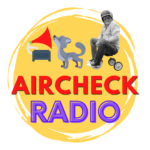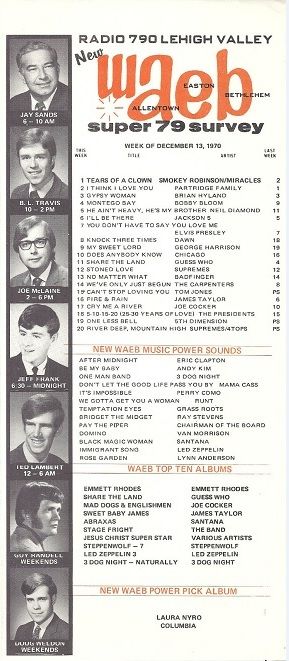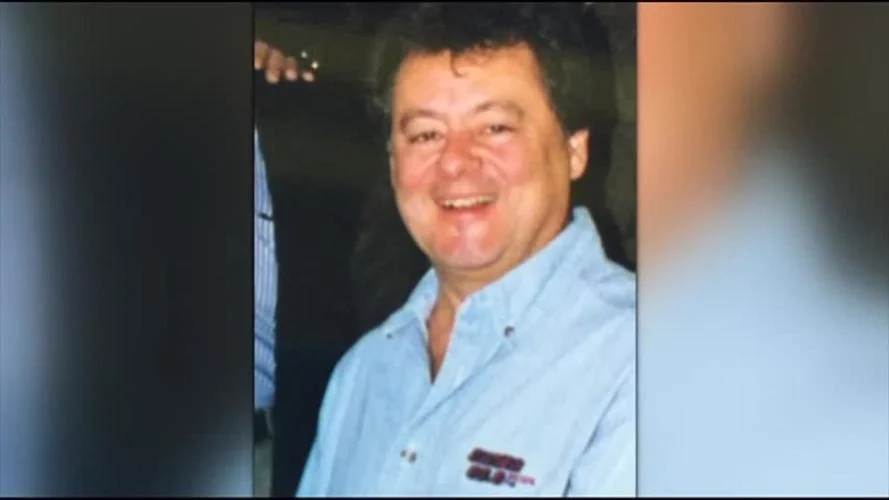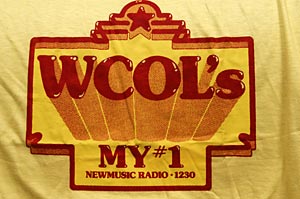-
 play_arrow
play_arrow
AircheckRadio Aircheck Radio
-
 play_arrow
play_arrow
Quid pro bros Vox
-
 play_arrow
play_arrow
Miami-Fort Lauderdale Barry Wright
The Golden Age of WAEB: Allentown’s Top 40 Powerhouse in the Lehigh Valley
In the vibrant tapestry of American radio history, few stations capture the essence of a community’s spirit and the dynamism of the Top 40 format quite like WAEB in Allentown, Pennsylvania, during its peak in the 1960s and early 1970s. Known as “Music Radio 79 WAEB,” this AM station, broadcasting at 790 kHz, dominated the Lehigh Valley’s airwaves, becoming a cultural touchstone for the region’s youth and a launching pad for some of radio’s most iconic voices. Under the ownership of Rust Broadcasting after 1957, WAEB transformed into a Top 40 juggernaut, delivering a high-energy mix of contemporary hits that resonated from Allentown to Easton and Bethlehem. Its slogan, “Music Radio 79,” was more than a tagline—it was a promise of excitement, connection, and immediacy, perfectly attuned to the under-30 demographic that defined the era’s pop culture. The station’s success was no accident; it was built on a foundation of innovative programming, charismatic talent, and an intimate bond with its audience, making it a standout in an era when AM radio ruled the airwaves.
 WAEB’s programming during this period was a masterclass in Top 40 radio, characterized by its relentless focus on engaging the listener through music, personality, and local flavor. The station’s playlist was a carefully curated reflection of the Billboard Hot 100, featuring hits from artists like The Beatles, The Supremes, and The Rolling Stones, but it was the delivery that set WAEB apart. The station’s disc jockeys, including legends like Jay Sands, Ernie Stegler, Tiger Joe McClain, Doug Weldon, and Jeff Frank, brought a contagious energy to the airwaves, blending humor, charisma, and a deep connection to the music. These personalities didn’t just play records; they created an experience, weaving in jingles, contests, and local references that made listeners feel like part of a larger community. Programs like the “High School Hotline” and “Poolside Report” were particularly innovative, featuring teenage reporters who brought a youthful perspective to the airwaves, covering events at local hangouts like Dorney Park and community dances. This direct engagement with the under-30 crowd gave WAEB an edge, making it feel like a friend rather than just a radio station. The station’s dominance in the Arbitron ratings throughout the 1960s and into the mid-1970s was a testament to its ability to capture the zeitgeist of the Lehigh Valley’s youth culture.
WAEB’s programming during this period was a masterclass in Top 40 radio, characterized by its relentless focus on engaging the listener through music, personality, and local flavor. The station’s playlist was a carefully curated reflection of the Billboard Hot 100, featuring hits from artists like The Beatles, The Supremes, and The Rolling Stones, but it was the delivery that set WAEB apart. The station’s disc jockeys, including legends like Jay Sands, Ernie Stegler, Tiger Joe McClain, Doug Weldon, and Jeff Frank, brought a contagious energy to the airwaves, blending humor, charisma, and a deep connection to the music. These personalities didn’t just play records; they created an experience, weaving in jingles, contests, and local references that made listeners feel like part of a larger community. Programs like the “High School Hotline” and “Poolside Report” were particularly innovative, featuring teenage reporters who brought a youthful perspective to the airwaves, covering events at local hangouts like Dorney Park and community dances. This direct engagement with the under-30 crowd gave WAEB an edge, making it feel like a friend rather than just a radio station. The station’s dominance in the Arbitron ratings throughout the 1960s and into the mid-1970s was a testament to its ability to capture the zeitgeist of the Lehigh Valley’s youth culture.
The talent at WAEB during its Top 40 heyday was nothing short of extraordinary, with many of its disc jockeys using the station as a springboard to larger markets and national prominence. Jay Sands, for instance, became a household name in Philadelphia, bringing his polished delivery and infectious enthusiasm to WCAU and later to national syndication. Ernie Stegler’s sharp wit and knack for storytelling earned him gigs in bigger markets like New York, where he thrived in the competitive world of Top 40 radio. Tiger Joe McClain, with his larger-than-life persona, also moved on to major markets, leaving an indelible mark on listeners with his bold style. These personalities were not just voices on the radio; they were cultural influencers who shaped the listening habits of a generation. Industry insiders took note of WAEB’s ability to nurture talent, with trade publications like Billboard and Radio & Records frequently citing the station as a proving ground for young DJs. The station’s reputation for developing talent was bolstered by its professional studio setup in Allentown’s Khuns and Shankweiler building, where the energy of Center Square fueled the creativity of its on-air staff. This pipeline of talent gave WAEB a reputation among radio professionals as a station that punched above its weight, rivaling larger markets in programming quality and innovation.
The Lehigh Valley community embraced WAEB with a fervor that went beyond mere listenership, turning the station into a cultural institution. Teenagers and young adults tuned in religiously, not just for the music but for the sense of belonging that WAEB fostered. The station’s frequent appearances at local events, such as sock hops, car shows, and Dorney Park promotions, made it a visible and beloved presence in the region. The “Fabulous Forty Survey,” a weekly rundown of the top hits, became a coveted piece of ephemera, with listeners eagerly collecting the printed charts distributed at local record stores. These surveys, archived in places like the Wikimedia Commons, reveal the station’s knack for capturing the pulse of popular music, from Elvis Presley to Motown. Community engagement extended to charity drives and school events, where WAEB DJs often served as emcees, further cementing their status as local celebrities. Fans felt a personal connection to the station, often writing letters or calling in to request songs, a practice that made WAEB feel like a two-way conversation. This symbiotic relationship with its audience helped WAEB maintain its top position in the Allentown radio market, even as competition from FM stations began to emerge in the mid-1970s. The station’s ability to reflect the Lehigh Valley’s identity—blue-collar, youthful, and vibrant—made it a beloved fixture in the community.
Among radio industry insiders and fans, WAEB’s reputation during its Top 40 era was stellar, often cited as a model for how a regional station could compete with the best in the business. Trade magazines praised WAEB for its innovative promotions and its ability to stay ahead of musical trends, while fans in the Lehigh Valley spoke of the station with a sense of pride and ownership. The station’s technical prowess, broadcasting at 3,600 watts by day and 1,600 watts at night with a directional antenna, ensured a strong signal that reached across the region, from Tamaqua to Doylestown. This reliability, combined with its dynamic programming, made WAEB a favorite among advertisers, who saw it as a direct line to the lucrative youth market. Industry observers noted WAEB’s influence on other stations, with its format and promotional strategies being emulated in markets like Harrisburg and Scranton. However, as the 1970s progressed, the migration of Top 40 to FM, exemplified by WAEB-FM’s transition to “Laser 104.1” in 1987, signaled the end of an era for AM radio. Yet, the legacy of WAEB’s Top 40 dominance endures, with former listeners and industry veterans alike reminiscing about a time when “Music Radio 79” was the heartbeat of the Lehigh Valley. Its impact is still felt in the region’s radio culture, a testament to a station that defined an era with talent, innovation, and an unbreakable bond with its community.
Written by: Barry Wright
Similar posts
Most Liked Airchecks
Events
Support Aircheck Radio
Copyright 2025 Aircheck Radio is a proud listener supported 501(c)(3) nonprofit organization





Post comments (0)